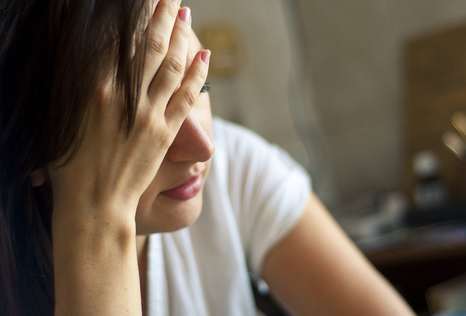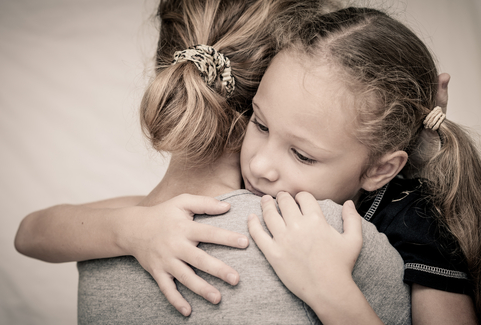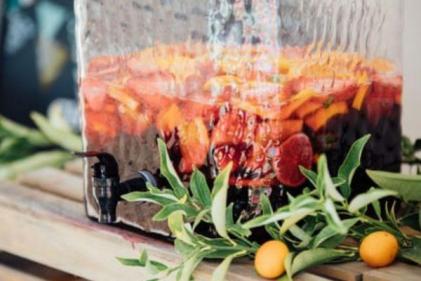 To many of us, domestic abuse involves physical violence - but this is not always the case; something that Kate* has learned the hard way.
To many of us, domestic abuse involves physical violence - but this is not always the case; something that Kate* has learned the hard way.
Kate met her ex-husband at a vulnerable time in her life – a few months after the death of her mother. Being a single mum, this man offered Kate the family she wanted, and things got serious very quickly.
Financial and emotional abuse began during the early days, with her former partner refusing to help with household bills and creating a power dynamic that left Kate struggling to pay the mortgage.
Things progressively got worse and he began having affairs not long into the relationship. Each time she took him back, something Kate admits made his cheating more acceptable.
After a while, the relationship between Kate and her ex broke down and he left to be with another woman. However, they weren’t separate for long and he went back to her with promises that things would be different this time.
It was only much further down the line that Kate found out that he had been violent towards this girlfriend.
At one point he lost it.
The couple decided to get married.
Not long after the wedding, Kate became pregnant with her second child and things started to deteriorate: her now former partner becoming violent while she was expecting.

Shockingly, at one point “he lost it” and started shaking her before banging her head. His force was so strong he left handprints on her chest.
Kate finally had enough and asked him to leave, threatening to show his other two kids from a previous relationship her bruises when he refused to budge. However, she was worried about money and believing she couldn’t cope on her own, took him back when he phoned two days later.
I didn’t think I could phone for help
At the time, Kate never contacted a women’s charity as she didn’t believe she was experiencing "proper" domestic abuse. The emotional and financial abuse was a daily occurrence, but he wasn’t being violent every day, which is what stopped her getting help.
The mistreatment continued after she gave birth. At one point, both she and her baby were admitted to hospital with an infection and, against doctors’ orders, her partner had her discharged.

The financial abuse continued with Kate constantly worrying about paying bills; when she asked him for money it caused an argument every month.
When he refused to help her pay for her car tax, she felt trapped because it made it difficult for her to leave the house. At one point he took the baby’s buggy to be fixed and never returned it. The mum-of-two literally couldn’t leave her home.
Kate couldn’t see a way out – she didn’t know what to do.
Things got so bad for the mum that she decided to take her own life, knowing she had a life insurance policy in place that would go to her kids. She wanted to do it before she couldn’t afford the monthly payments anymore.
It was only after she was rushed to hospital following her attempted suicide that things started to change. A nurse that was looking after her phoned Women’s Aid, and while Kate didn’t take things further after the call, it was here that she started to see things clearer.
However, it wasn’t until her partner was violent towards her eldest child that she finally spoke out, telling family and friends what was going on.
I had an image of what an abused woman was
Kate’s story shows that domestic abuse is not just physical violence, and she hopes she can help at least one other person by coming forward.
“I had an image of what an abused woman was and I felt I couldn’t reach out for help. [But] if you are afraid in case you set them off then you are being abused.”
Kate is now happy and, having completed her Masters, has started up her own business.

Domestic abuse is a serious problem in Ireland
In 2014, 16,464 disclosures of domestic abuse against women were made to Women’s Aid, and 5,786 disclosures of abuse against children were made. With statistics like these it’s clear that this is a serious problem in Ireland, but one that is not talked about enough – making it harder for victims to come forward.
However, with the help of survivors like Kate, the issue is starting to be discussed more. In fact, Women’s Aid noticed a 48% increase in calls after Emma Murphy’s abuse video went viral – proof that awareness is key to helping women.
Seeking help can be a journey, and Margaret Martin, Director of Women’s Aid, says there are many who don’t know that support is out there. However, by providing a helpline and safety plan, the charity is there for women at their time of need.
If you are affected by this story you can call Women's Aid National Freephone Helpline on 1800 341 900. If you would like to support Women's Aid's vital work you can donate online at www.womensaid.ie/donate or text the word ACTION to 50300 to donate €4.
*Name changed.






